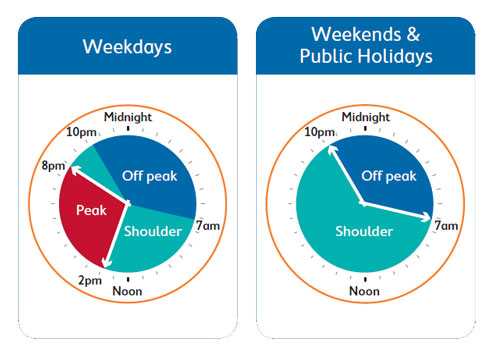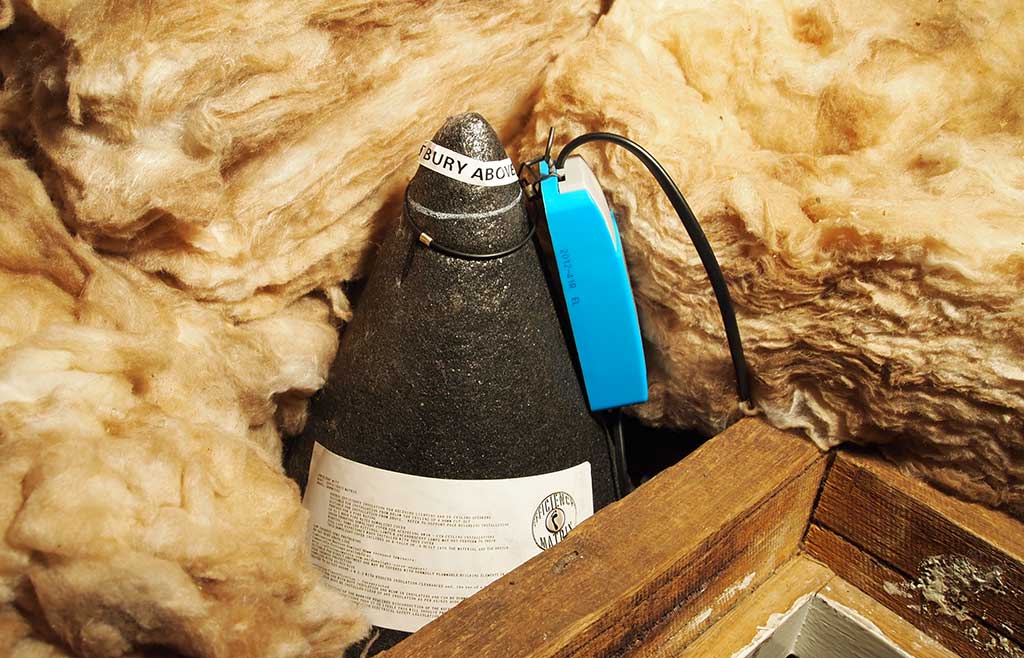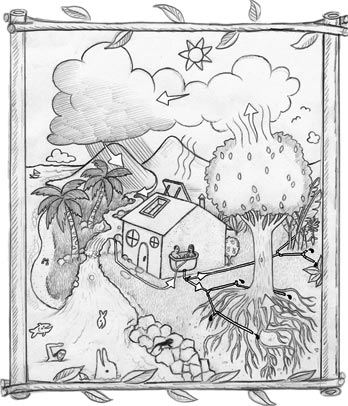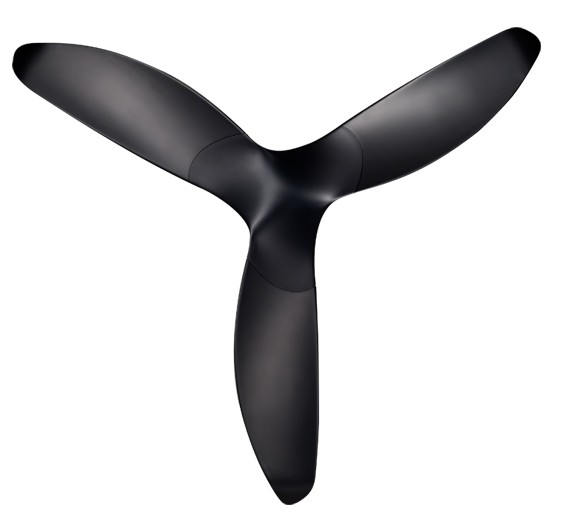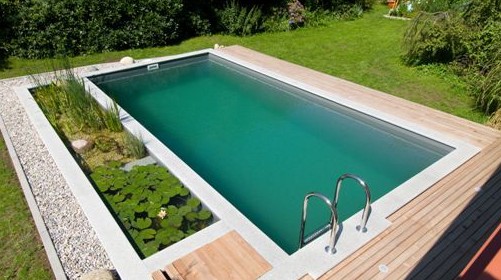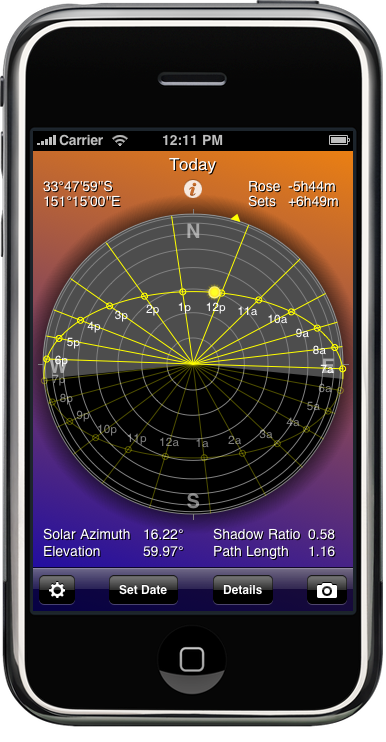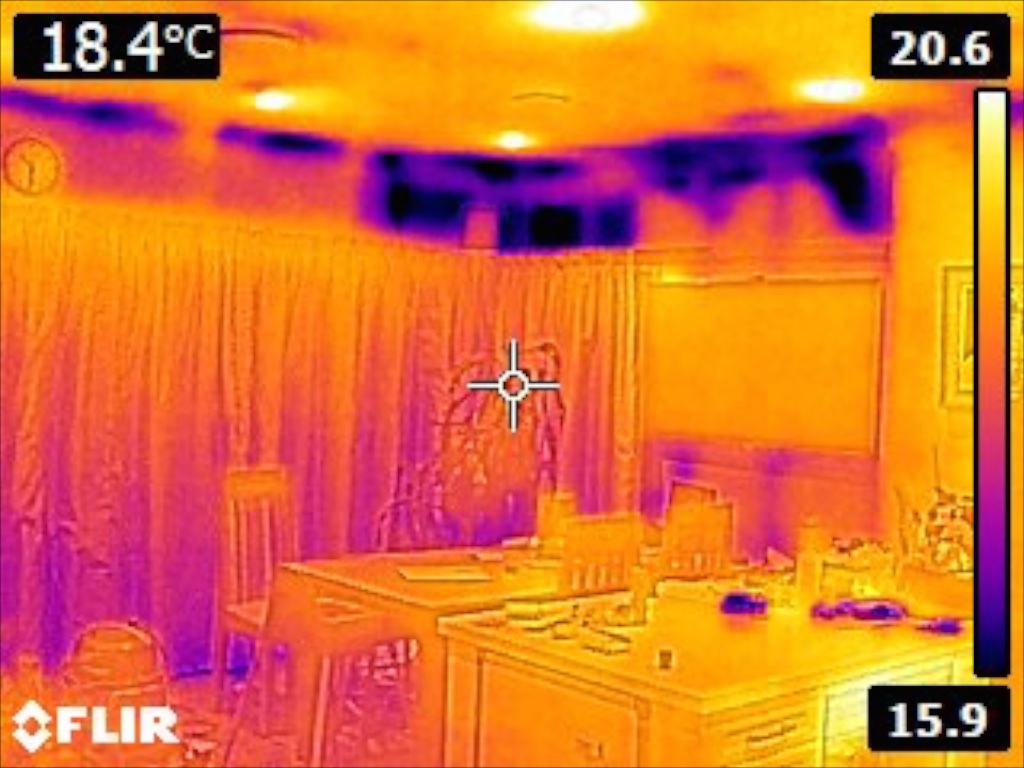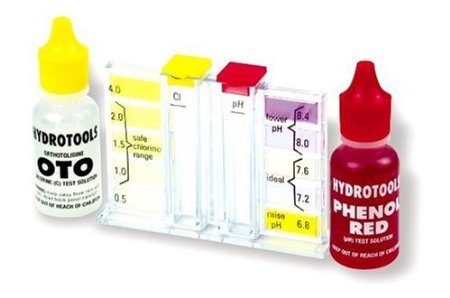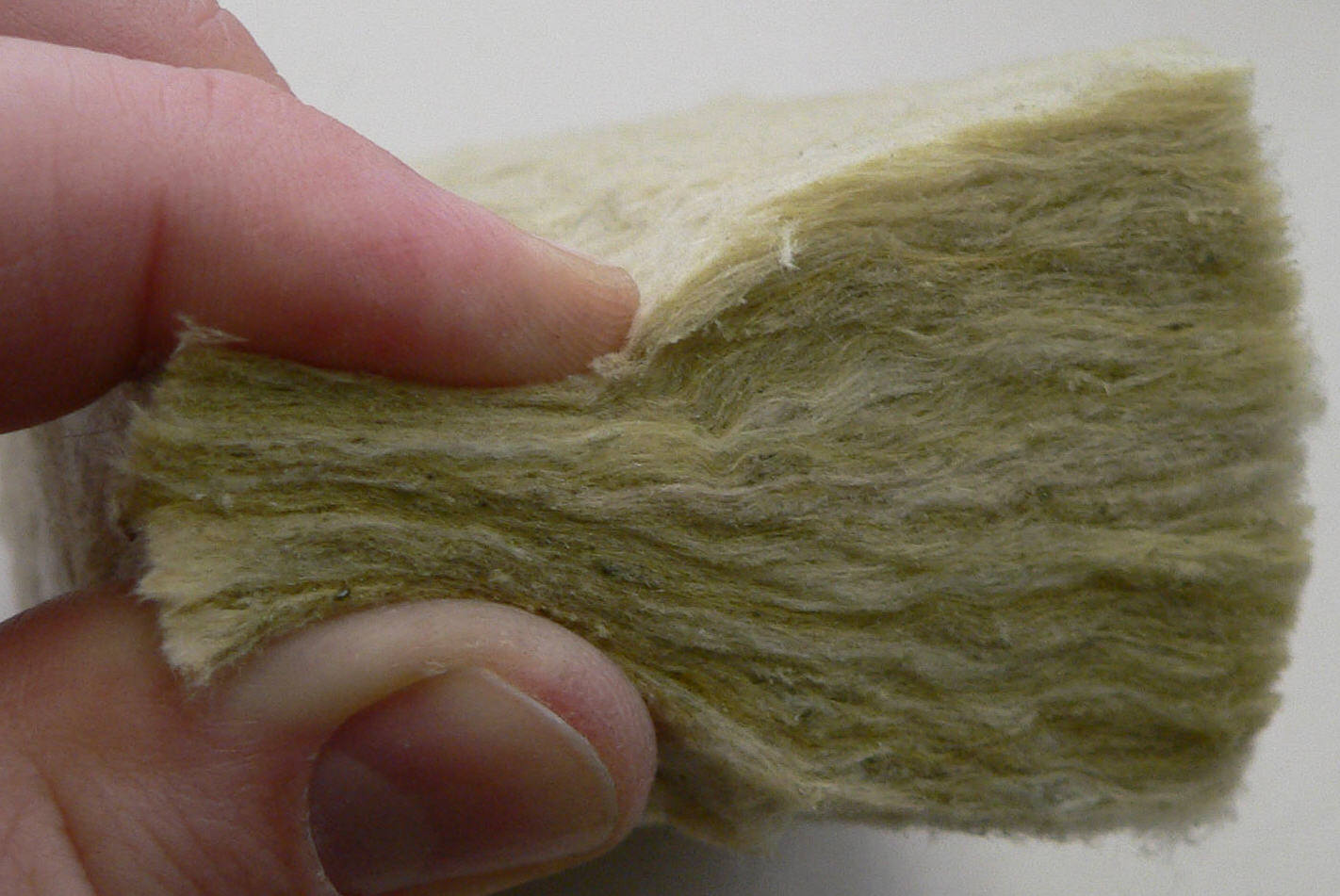Air conditioners get a bad rap for the load they place on the energy system. It surprises many people to learn though that they’re particularly efficient at turning energy into warmth or coolth. If you’re buying a new unit or replacing an old unit these tips will help you minimise the energy consumption and maximise the life of the air conditioner.
Posts filed in:Buildings
Running your pool pump on off peak electricity
Historically Australian homes were on single rate and off-peak/controlled load tariffs – all of their power at the same rate regardless of what time of day it was used. The exception being hard wired off peak circuits which received power for a set number of hours overnight. The exact time and duration these circuits receive power is governed by the electricity provider and appliances can only be connected to one or the other – not both. Most often only used for electric hot water heating.
Downlight covers
Downlight’s pepper your ceiling with holes through which you loose heat in the winter and gain it in summer. To make your home safer and more energy efficient you need some form of cover over them.
Branched Drain Grey Water Diversion
After deciding I wanted to keep my grey water onsite but finding the commercial products a little on the expensive side I went looking for cheaper alternatives.
My first attempt was a 200L drum outside my bathroom connected to the waste outlet from my bath, lined with some rudimentary filters and draining to the garden via 19mm poly pipe. This was a failed experiment with a positive outcome. I quickly discovered where grey water gets it’s name from – when stored for any length of time this is the colour it quickly turns.
Energy Efficient Ceiling Fans
Ceiling fans provide extremely efficient alternatives to cooling (in comparison to air conditioners). A new range of ultra efficient DC motors and innovative blade designs are pushing this a step further. Many fans can be used in reverse mode to help push warm air back down from the ceiling.
Natural Swimming Pools & Ponds
Natural swimming pools use various methods of water filtration that do not involve adding or manufacturing any chemicals to maintain the clear safe water to swim in. They re-create an environment akin to that of a clear river, water hole or creek that you can safely swim in.
Most of the systems have european origins. A listing follows of the systems which have previously been or are currently being installed in Australia. In my research and discussions with designers and installers I understand that only the Hyrdobalance system has a solid track record in Australia.
Sun Path and Shading
The apps listed below let you track the path of the sun on any day of the year from any location. This allows you to understand how much sun will hit your building and assess the effects of shading from neighbouring buildings or trees.
- Sun Seeker – Augmented reality 3D sun path app for iPhone / iPad
- Sun Surveyor – Augmented reality 3D sun path app for Apple and Android
- SunCalc – Google Maps sun path overlay
Thermal Imaging
Thermal imaging cameras allow you to rapidly understand the thermal performance of your building envelope in an entirely non-destructive way.
Water Chemistry for Swimming Pools
Attribution: The post is a guide that was originally published on the North Carolina Public Health website but has since been taken offline. It is a very thorough guide covering everything you need to know to efficiently maintain the chemicals in your pool. The original article was written with US Imperial units which have been converted to metric.
Noise and Sound Insulation
It’s often only when you leave a big city that you realise how noisy it is. The problem is that not only do most of us live in big cities in Australia but they’re also often the most low impact places to live. Being able to live close to where you work and play reduces driving and allows for more use of walking, cycling and public transport. With smart application of sound insulation you can also make your home a quiet sanctuary in the middle of a noisy city.


